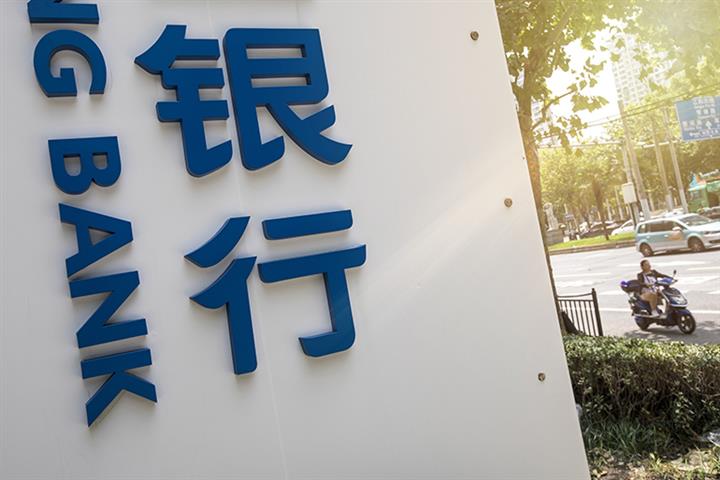 China’s Bank Earnings Continue to Make Gains in Third Quarter
China’s Bank Earnings Continue to Make Gains in Third Quarter(Yicai Global) Nov. 1 -- Forty-one banks listed on the Shanghai and Shenzhen stock exchanges have released third-quarter earnings reports, showing an ongoing recovery in both revenues and profits, with the performance of smaller city lenders outshining the others.
Eight of the 16 listed city commercial banks logged double-digit earnings growth in the first three quarters of this year, while revenue and net profit at four jumped more than 20 percent, according to figures on financial data platform Wind.
Of the 16 lenders, 13 grew revenue in the first nine months. Bank of Ningbo topped the list with a 28.5 percent increase from a year earlier, followed by Bank of Chengdu and Bank of Jiangsu, whose incomes rose 26 percent and 24.7 percent, respectively.
All 16 had positive net profit growth, with Bank of Jiangsu logging a 30.5 percent gain, followed by Bank of Ningbo and Bank of Hangzhou, with increases of 27 percent and 26.2 percent, respectively.
The decline in interest rates in the third quarter led to stronger gains for banks’ bond investments, Wen Bin, chief researcher at China Minsheng Bank, told Yicai Global.
Wen also said that due to a further drop in non-performing loan ratios and a steady increase in provision coverage ratios, listed banks' provisions have been reduced from last year, contributing to the better results.
Some regional city banks outperformed the industry average, which was partly an indication of faster economic growth in those regions. But it was also a result of revenue from intermediary business making a larger contribution to total income, following structural adjustments by the banks, Wen pointed out.
For instance, Bank of Jiangsu raked in net income from fees and commissions of CNY4.47 billion (USD698.4 million), up 21 percent year-on-year despite last year's high base.
Better Dud Loan Ratios
The NPL ratio at city commercial banks has improved further since the beginning of this year, a senior banking insider said. In addition efforts to write off and dispose of bad debts during the period, the lower NPL ratio also reflected a pick-up in the pace of China’s economic recovery and a better business environment.
Of the 16 listed city banks, 11 saw a decrease in their NPL ratios at the end of September from the end of the first half. It was unchanged at four banks and only Bank of Xi'an saw an increase, with its dud loan share rising by 0.15 percentage point.
As banks’ earnings pick up and non-performing indicators improve, institutional investors are becoming more interested in buying their shares, including those of city commercial banks. Liao Zhiming, chief banking analyst at China Merchants Securities, pointed out that although the short-term downward economic pressure limits the sector’s room for growth, the outstanding third-quarter results are expected to support a continued modest pickup in valuations.
Compared with other sectors, valuations in the banking sector are low, while return on equity is relatively high. Judging from the experience of the past decade, bank stocks tend to see a wave of rising prices before the end of the year, Liao said.
Editors: Tang Shihua, Tom Litting